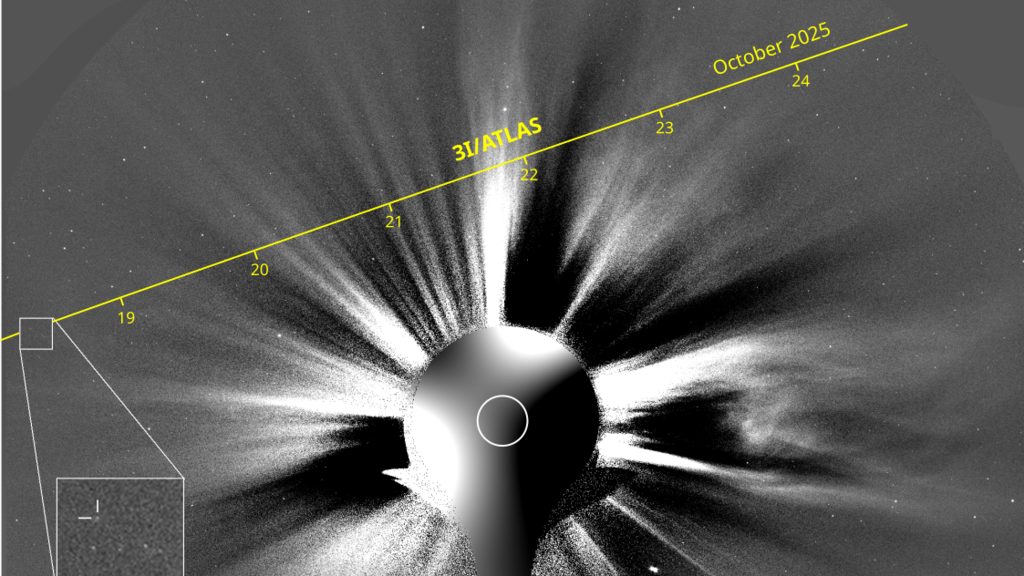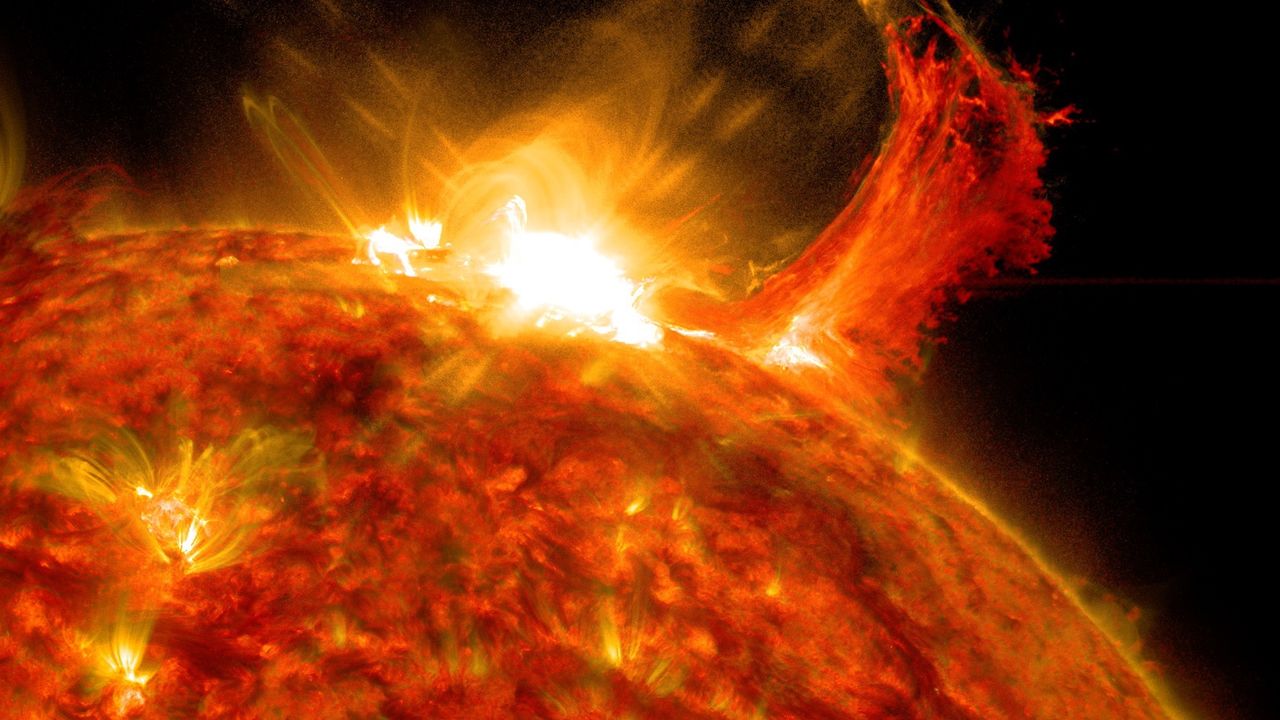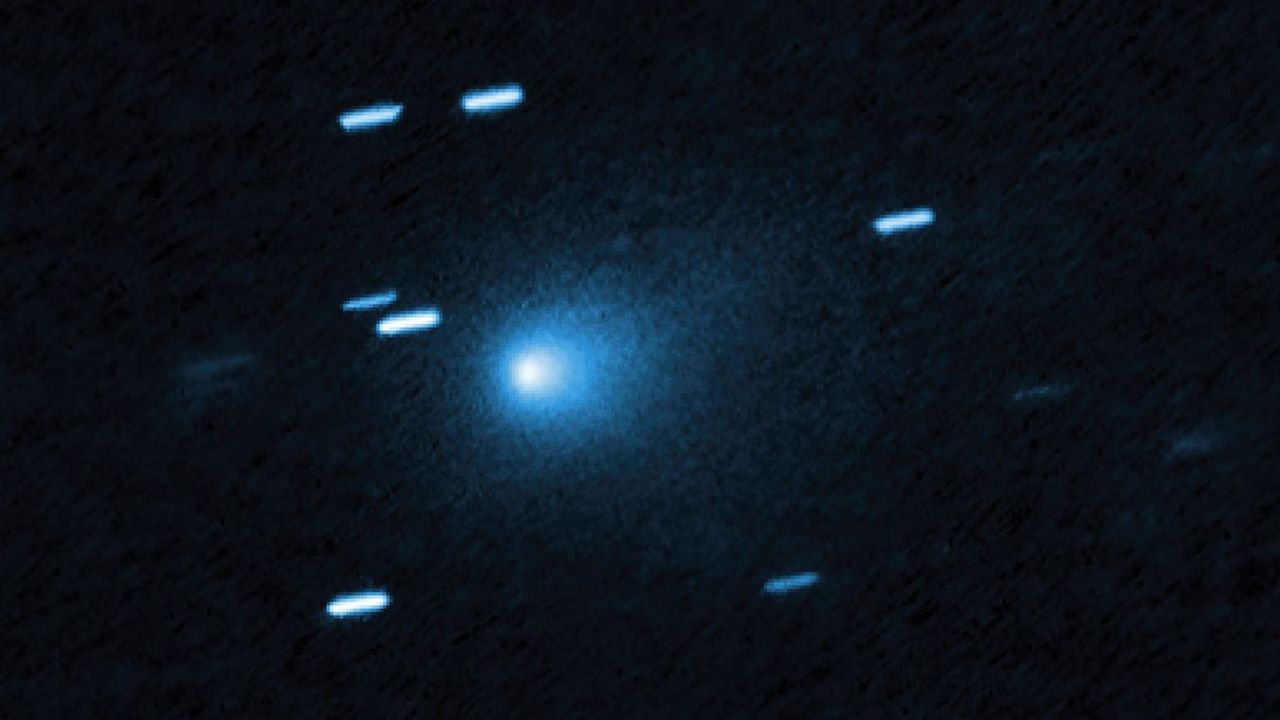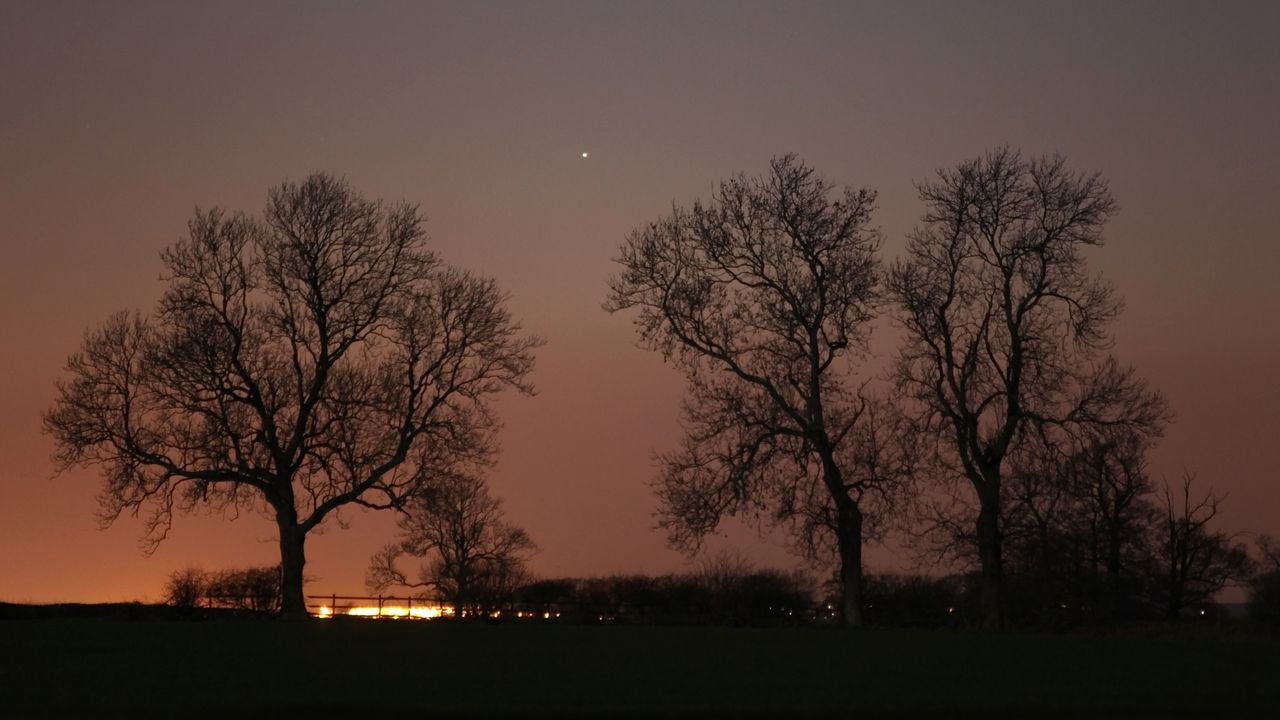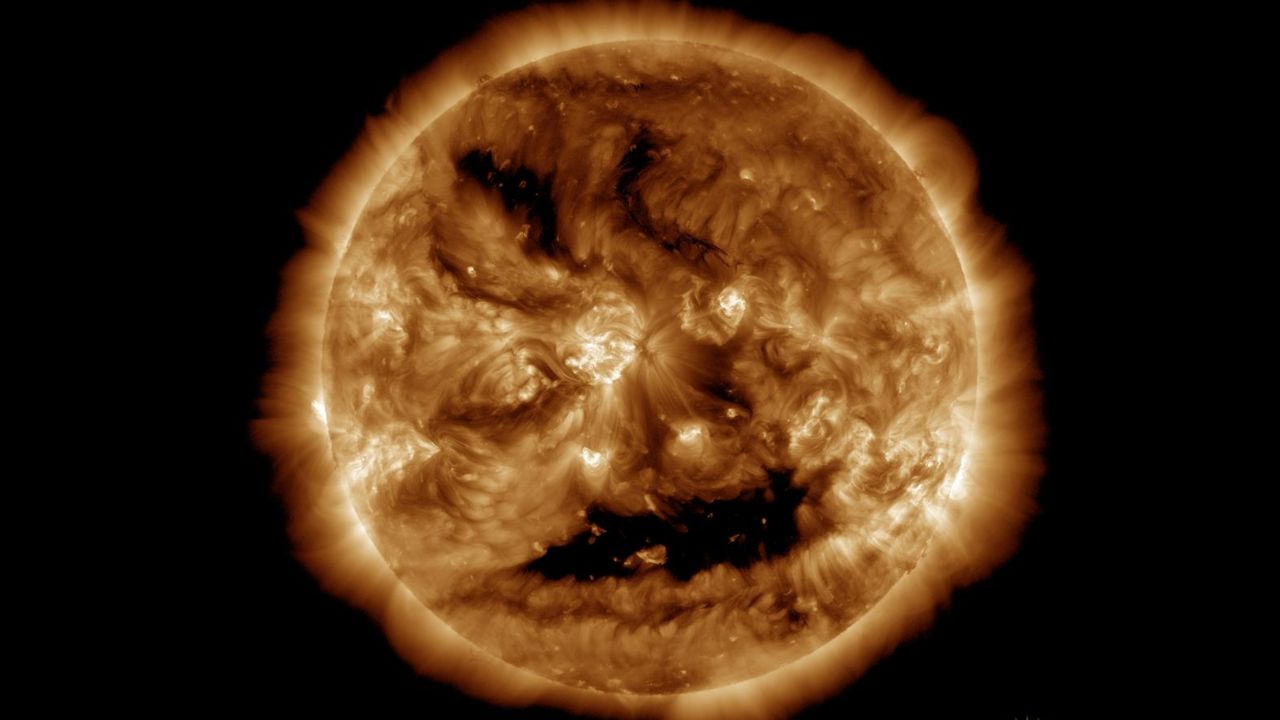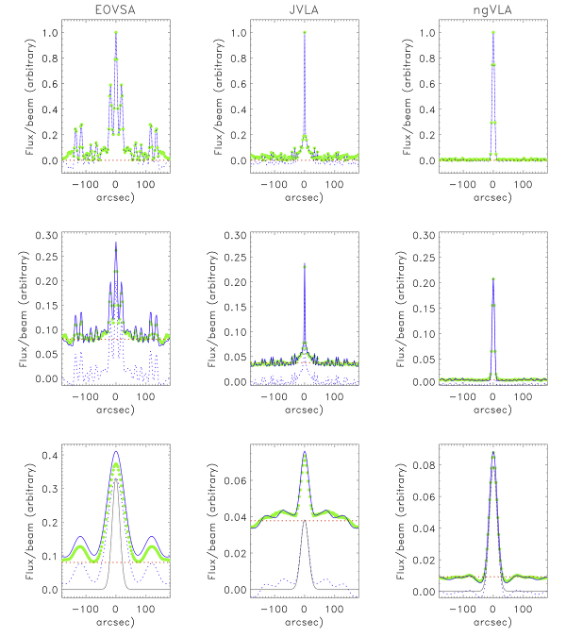Sun's far side erupts in satellite image | Space photo of the day for Oct. 29, 2025
PositiveScience
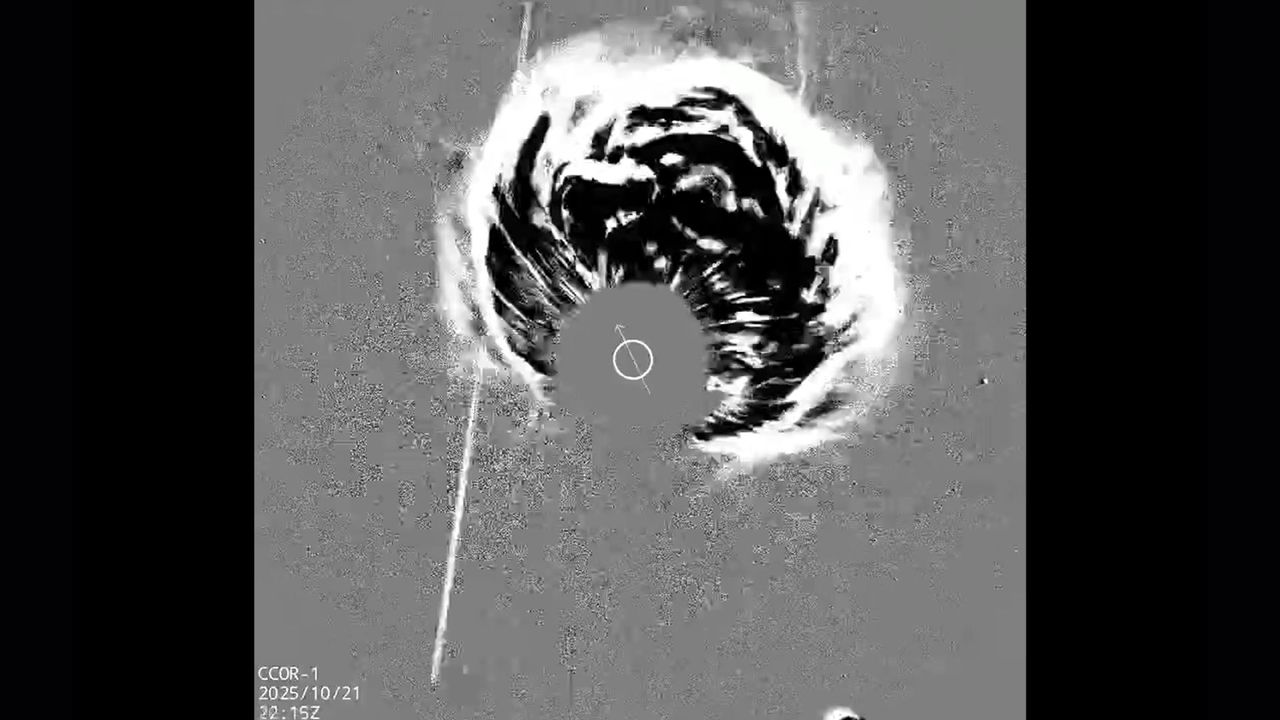
On October 21, 2025, a spectacular coronal mass ejection erupted from the sun's far side, as captured by a NOAA coronagraph. This event is significant because it showcases the dynamic nature of our sun and helps scientists understand solar activity, which can impact space weather and technology on Earth.
— Curated by the World Pulse Now AI Editorial System

